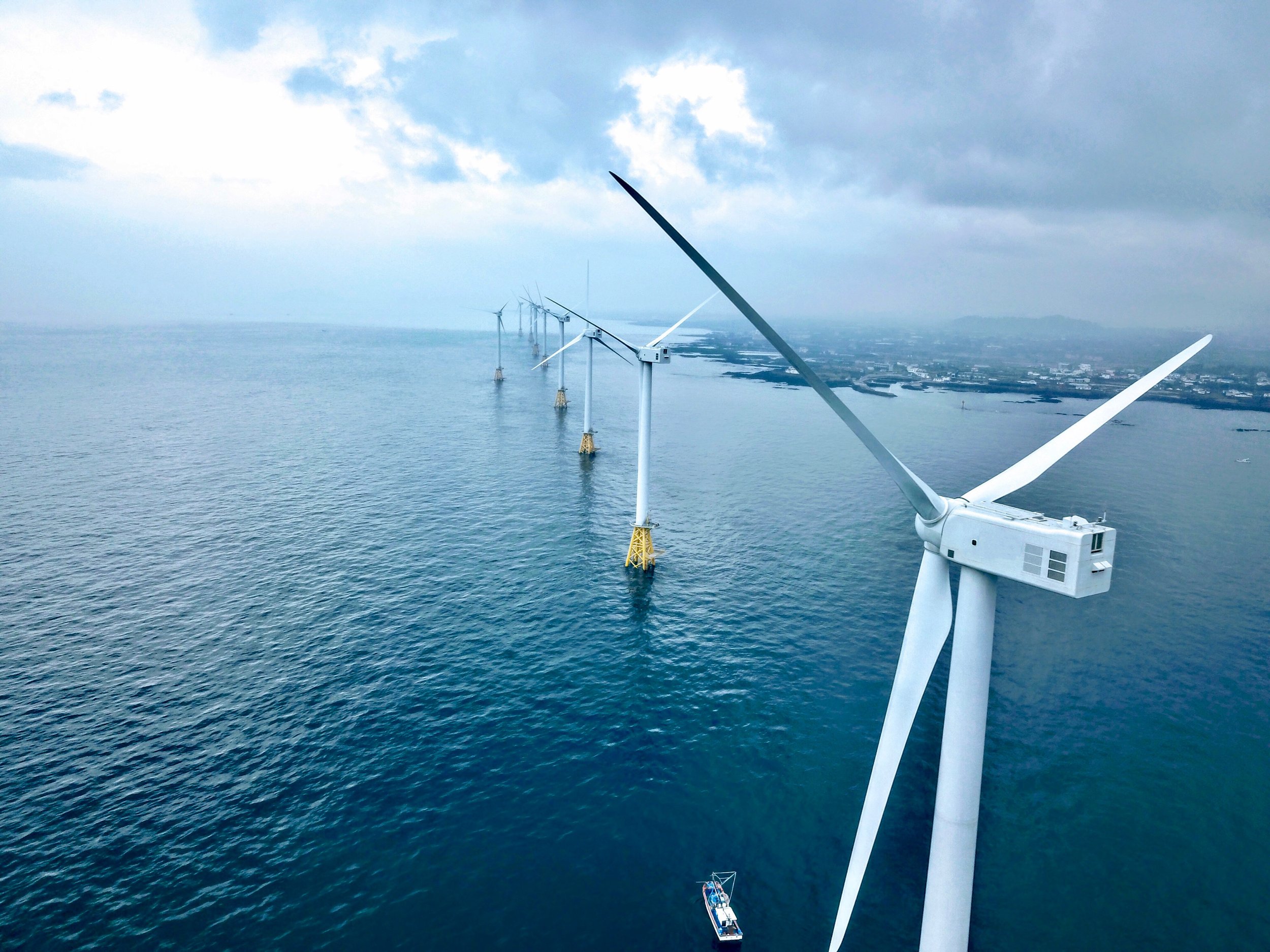A Renewable Future for South Korea?
As Apala Group’s Nidhi Gangavarapu highlighted in her recent post on COP26 commitments, South Korea is nominally committed to transitioning away from coal generated power and increasingly towards renewable power in their energy mix by 2030. The government has targeted reductions in greenhouse gas emissions of at least 40% by 2030 and achieving net zero status by 2050. However, South Korea currently stands as the fifth largest coal power generator globally and fourth largest importer of LNG. With a non-hydro renewable energy mix of only 4% as of 2020, it begs the question as to whether these commitments are achievable and how might South Korea develop its renewable sector with land constraints similar to that of Japan and Taiwan?
While production of solar has ramped up in the preceding decade, rising from 1% of the national energy mix to 3%, it remains one of the only renewable energy technologies to see growth. Others in the region, most notably Vietnam, have seen more favorable policies such as generous feed-in tariffs, which drive significant expansion of solar technologies. Additionally, high land costs are also responsible for driving higher prices, and solar PV facilities face poor public acceptance and resident opposition, especially in rural and agricultural areas.
Wind energy has also faced significant hurdles and local resistance from fishing and protectionist rights. However, in 2020, South Korean President, Moon Jae-in, pledged to expand the country’s offshore wind power capacity from the current 124 MW to 12 GW by 2030, with aims of becoming a top 5 global producer of offshore wind. During 2021, the country announced plans to construct the world’s largest offshore floating wind farm, which could represent significant momentum to an otherwise limited sector.
Geothermal energy could also represent a possible growth sector, though the outfall of a significant earthquake triggered by geothermal exploration in Pohang has set back what was once a promising industry.
While many challenges remain, the South Korean government has taken many positive steps in recent years. This includes the establishment of the corporate renewable energy K-RE100 system, the launch of a Green New Deal, a renewable energy stimulus package, and emissions trading scheme (ETS), and the commitment to phase out coal by 2029.
For corporations with operations or supply chains in this market, it is important to demonstrate a commitment to a South Korean future powered by renewable energy. With emerging pathways, such as corporate power purchase agreements (CPPAs), there are now opportunities for corporations to act with their voice as well as their wallet to help create additional momentum for South Korea’s clean energy transition.
Buying Renewable Energy in South Korea
For corporations looking to learn more about renewable energy procurement options in South Korea, Apala Group recently released its market snapshot report Buying Renewable in South Korea.
Additional Questions About South Korea or other markets? Let us know how we can help!


